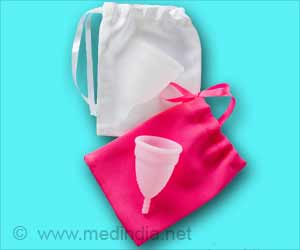Thousands of women and children could be saved from anaemia-related deaths and disabilities with the help of a low-cost screening device connected to a cell phone.

The device, HemoGlobe, is designed to convert the existing cell phones of health workers into a "prick-free" system for detecting and reporting anemia at the community level.
The device's sensor, placed on a patient's fingertip, shines different wavelengths of light through the skin to measure the hemoglobin level in the blood. On a phone's screen, a community health worker quickly sees a colour-coded test result, indicating cases of anemia, from mild to moderate and severe.
If anemia is detected, a patient would be encouraged to follow a course of treatment, ranging from taking iron supplements to visiting a clinic or hospital for potentially lifesaving measures. After each test, the phone would send an automated text message with a summary of the results to a central server, which would produce a real-time map showing where anemia is prevalent. This information could facilitate follow-up care and help health officials to allocate resources where the need is most urgent.
Soumyadipta Acharya, an assistant research professor in Johns Hopkins' Department of Biomedical Engineering and the project's faculty advisor and principal investigator, said the device could be important in reducing anemia-related deaths in developing countries.
International health experts estimate that anemia contributes to 100,000 maternal deaths and 600,000 newborn deaths annually.
Advertisement
The HemoGlobe student inventors have estimated their cell phone-based systems could be produced for 10 dollars to 20 dollars each.
Advertisement















